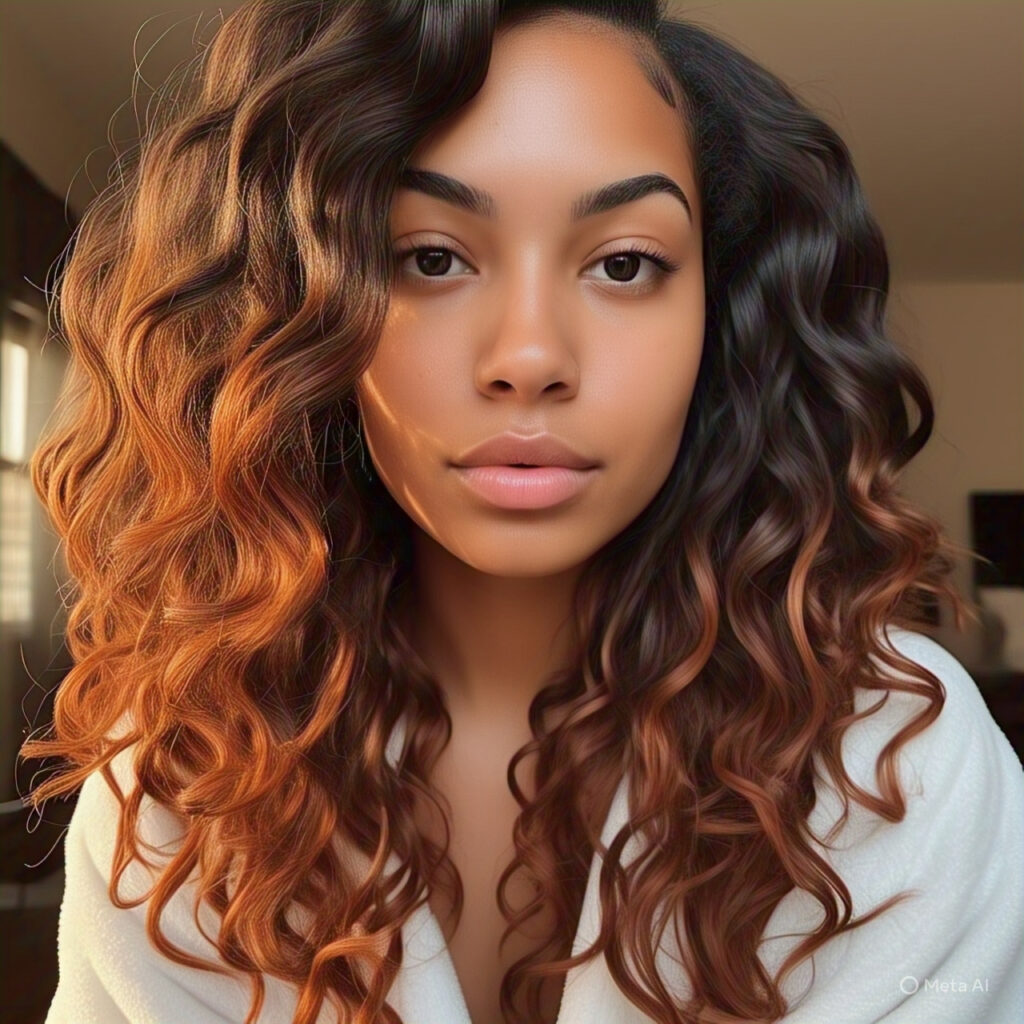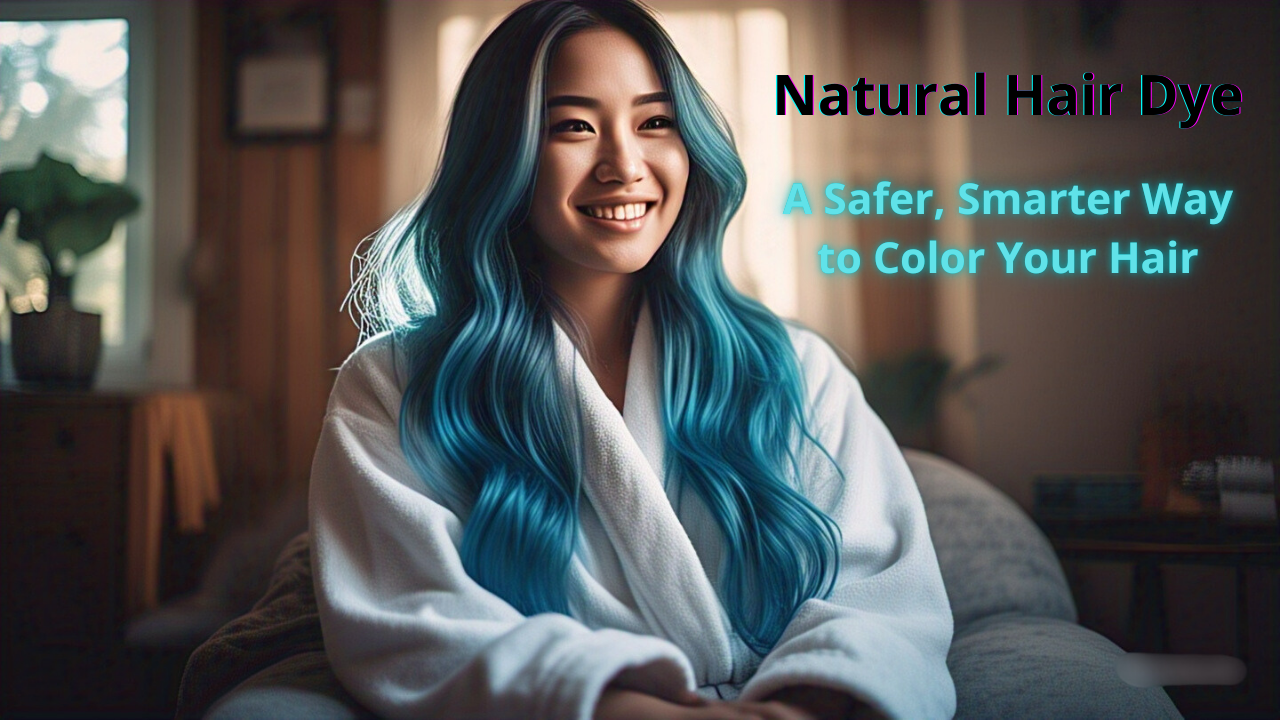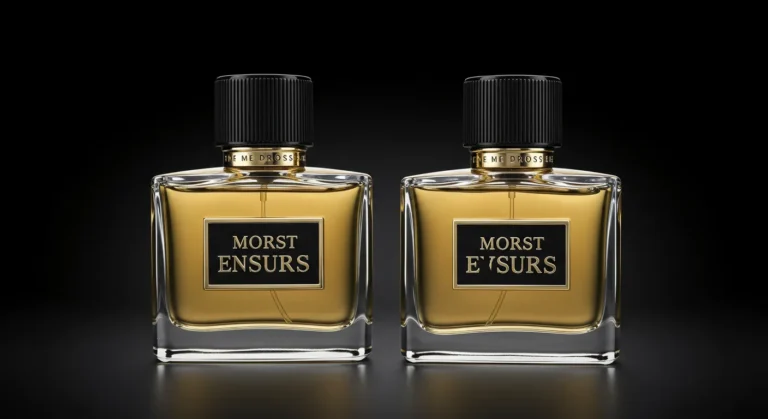Natural Hair Dye:A Safer, Smarter Way to Color Your Hair
INTRODUCTION
In recent years, the beauty world has witnessed a growing shift toward natural and holistic products, and hair dye is no exception. As people become more conscious of what they put on their bodies, natural hair dye has emerged as a game-changer. If you’ve ever looked at the long list of unpronounceable chemicals on a box of traditional dye and cringed, you’re not alone. Many are now turning to nature for their coloring needs—and for good reason.
In this comprehensive guide, we’ll explore everything you need to know about natural hair dye. From the ingredients and benefits to the pros and cons, application techniques, and how to choose the right one for your hair, we’re covering it all. Whether you’re going grey gracefully or just want to try a new look without the chemicals, this article is your go-to resource.

What Is Natural Hair Dye?
Natural hair dye refers to hair color products made primarily from plant-based ingredients. Unlike traditional dyes that rely on synthetic chemicals like ammonia, parabens, and peroxide, natural dyes use herbs, fruits, flowers, and minerals to tint hair. The most well-known examples include henna, indigo, cassia, and even black walnut hull.
These dyes have been used for centuries across various cultures. In ancient Egypt, women applied henna for a coppery glow. In India, a mix of henna and indigo is still a common way to achieve rich brown or black tones. And today, these traditional methods are enjoying a revival.
Why Choose Natural Hair Dye?
Switching to a natural hair dye isn’t just a trend—it’s a lifestyle choice with many advantages. Here’s why more people are making the switch:
1. Healthier for You
Many commercial hair dyes contain harmful chemicals linked to allergies, skin irritations, and even more serious health concerns. Ammonia, for instance, can irritate the eyes and respiratory tract. Natural dyes eliminate or drastically reduce exposure to such chemicals.
2. Gentler on Hair
Chemical dyes can strip your hair’s natural oils and proteins, leading to dryness, split ends, and breakage. Natural dyes, by contrast, often nourish and condition hair as they color it.
3. Eco-Friendly
Natural hair dyes are biodegradable and environmentally safe. They don’t pollute water systems or harm aquatic life the way some synthetic dyes can.
4. Cruelty-Free and Vegan
Many natural dyes are cruelty-free and contain no animal by-products, making them a great option for vegans and animal lovers.

Common Natural Hair Dye Ingredients
Let’s break down some of the most popular ingredients found in natural hair dyes:
Henna
A powdered form of the Lawsonia inermis plant, henna is the most widely used natural hair dye. It gives a reddish-orange tint and is also known for strengthening and conditioning the hair shaft.
Indigo
Made from the indigofera plant, this blue-toned dye is often mixed with henna to create darker shades like brown or black.
Cassia
Sometimes referred to as “neutral henna,” cassia obovata adds golden tones to light hair and conditions all hair types without significantly altering color.
Black Walnut Hull
Rich in tannins, this powder gives a deep brown tint and can enhance dark hair naturally.
Beetroot and Carrot Juice
Great for boosting red and orange tones, especially when used as a rinse on pre-lightened or naturally light hair.
Coffee and Tea
Strong brews of black coffee or tea can darken hair subtly, enhance brown tones, and add shine.
Pros and Cons of Natural Hair Dye
No product is perfect, and it’s important to weigh the pros and cons before making the switch.
Pros
- Non-toxic and safe for regular use
- Can condition and strengthen hair
- Less damage and breakage over time
- Often safe for pregnant women (check with your doctor)
- Doesn’t usually contain allergens like PPD
Cons
- Limited color range (no platinum blondes or bright blues)
- Results may vary depending on your natural hair color
- Application can be messy and time-consuming
- Some dyes (like henna) are hard to remove or color over
- May require multiple applications for desired results
How to Choose the Right Natural Hair Dye for Your Hair Type
Different hair types and base colors respond differently to natural dyes. Here’s a quick guide to help you choose:
| Hair Color | Goal | Recommended Natural Dyes |
|---|---|---|
| Blonde/Light Brown | Brighten or add gold tones | Cassia, chamomile tea |
| Medium Brown | Deepen or add red tones | Henna, coffee rinse |
| Dark Brown/Black | Enrich color or cover grey | Indigo, black walnut, amla |
| Grey/White | Subtle color or full coverage | Henna (copper), henna + indigo (brown-black) |
DIY Natural Hair Dye Recipes
Ready to mix your own color at home? Here are a few simple DIY recipes:
Classic Henna for Reddish Tones
Ingredients:
- 100g henna powder
- Warm water or black tea
- Juice of 1 lemon
- Optional: a spoonful of olive oil for extra conditioning
Directions:
- Mix henna powder with lemon juice and water until it forms a thick paste.
- Cover and let sit for 4-6 hours.
- Apply to hair in sections, cover with a plastic cap.
- Leave for 2-4 hours, rinse thoroughly.
Henna + Indigo for Dark Brown
: Henna Base
- Apply henna as above, let it sit for 1-2 hours, then rinse.
: Indigo Layer
- Mix indigo powder with warm water to form a paste.
- Apply immediately to hair, leave for 1-2 hours.
- Rinse and enjoy your darker shade!
Coffee Rinse for Richer Brown
Ingredients:
- 2 cups strong brewed coffee (cooled)
- 1 tbsp apple cider vinegar (helps seal the color)
Directions:
- Pour over clean, damp hair.
- Let it sit for 30-60 minutes, then rinse with cool water.
How Long Does Natural Hair Dye Last?
Natural dyes are not permanent in the same way synthetic ones are. Depending on the ingredient and how it’s applied:
- Henna: 4–6 weeks, gradually fading
- Indigo: 3–4 weeks, may require refreshing
- Coffee/tea rinses: 1–2 washes
- Beetroot/carrot juice: A few days to a week
Frequent use can deepen the color and increase longevity, but because these dyes are safe and gentle, that’s totally okay!
Tips for Best Results
To get the most out of your natural hair dye, follow these tips:
- Always do a strand test – This ensures you like the color and checks for any reaction.
- Prep your hair – Wash your hair with a sulfate-free shampoo to remove buildup.
- Use gloves – Natural doesn’t mean non-staining!
- Protect surfaces – Henna and other ingredients can stain countertops and floors.
- Be patient – Natural dyes often take longer to develop than chemical ones.
Transitioning from Chemical to Natural Dye
Thinking of making the switch? Here’s what to keep in mind:
- Wait at least 6-8 weeks after your last chemical dye.
- Deep-condition your hair to restore moisture.
- You may need to clarify your hair before applying natural dyes to remove residue.
- Be aware that leftover chemical dye in your hair may alter the final color.
Some people find their first application of henna or indigo doesn’t fully take—but don’t worry. With repeated use, the color gets richer and more vibrant.
Where to Buy Natural Hair Dye
Looking for trustworthy brands? Here are some popular ones to consider:
- Lush – Their henna blocks are vegan, cruelty-free, and easy to use.
- Khadi – Offers Ayurvedic-based hair colors in various shades.
- Radico – Certified organic and great for grey coverage.
- Surya Brasil – Known for semi-permanent botanical hair colors.
- The Henna Guys – Offers pure henna, indigo, and blends with clear labeling.
Always read the ingredient list and make sure the dye is 100% natural—some products labeled “herbal” still contain PPD and other synthetics.
Conclusion: Natural Hair Dye Is More Than a Beauty Trend
Choosing natural hair dye is a step toward a more holistic, conscious lifestyle. It aligns beauty with wellness and respect for both your body and the planet. While it may not offer the rainbow palette of salon dyes or instant results, it offers something arguably more valuable—healthier hair, safer ingredients, and a deeper connection to nature’s power.
So if you’re looking to color your hair without compromise, natural hair dye might just be your new best friend. Give it a try, play with the shades, and enjoy the process of discovering your most vibrant, naturally colorful self.







